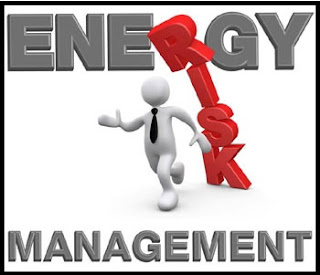“Energy Risk Management”, we all hear and read this term, but ask for its definition from investors and energy managers and you would come across different explanations. In many cases individuals, or those in charge of energy management in organizations, make strategic decisions without adopting a holistic approach to mitigating risks and strengthening their positions with respect to energy trades. The fact that there are dozens of theories around risk management makes it all the more confusing for those actually managing risk. In true sense energy risk management goes beyond theories and is rather a function of taking decisions based on scientifically analyzed data.
Rely On Statistical Analysis Rather Than Fundamental Forecasts
Keeping the theory aside what investors and people concerned in corporate houses need to do is follow statistical analysis. While fundamentals rule the market in the long-run, the fundamentals that are driving the market today are not always clear until tomorrow. Therefore, rather than relying upon speculative forecasts based upon today’s fundamental factors (which will invariably change), a statistical approach will help to manage risk in a systematic and scientific manner. Risk can then be quantified and calculated using various statistical models so that you can design a risk management system that best fits your organizations goals and risk appetite.
Hedging Helps Mitigate Risk
Hedging is one of the best ways of mitigating risks in the energy market. You need to develop a custom hedge strategy that takes into account your goals and also factors in your risk appetite which is different for every investor or business. This is exactly where a risk management advisory company can help you as they will help you develop an action plan, prepare a hedge strategy and also educate you on the right kind of instruments and statistical models to be used for hedging.
Rely On Statistical Analysis Rather Than Fundamental Forecasts
Keeping the theory aside what investors and people concerned in corporate houses need to do is follow statistical analysis. While fundamentals rule the market in the long-run, the fundamentals that are driving the market today are not always clear until tomorrow. Therefore, rather than relying upon speculative forecasts based upon today’s fundamental factors (which will invariably change), a statistical approach will help to manage risk in a systematic and scientific manner. Risk can then be quantified and calculated using various statistical models so that you can design a risk management system that best fits your organizations goals and risk appetite.
Hedging Helps Mitigate Risk
Hedging is one of the best ways of mitigating risks in the energy market. You need to develop a custom hedge strategy that takes into account your goals and also factors in your risk appetite which is different for every investor or business. This is exactly where a risk management advisory company can help you as they will help you develop an action plan, prepare a hedge strategy and also educate you on the right kind of instruments and statistical models to be used for hedging.

0 comments:
Post a Comment